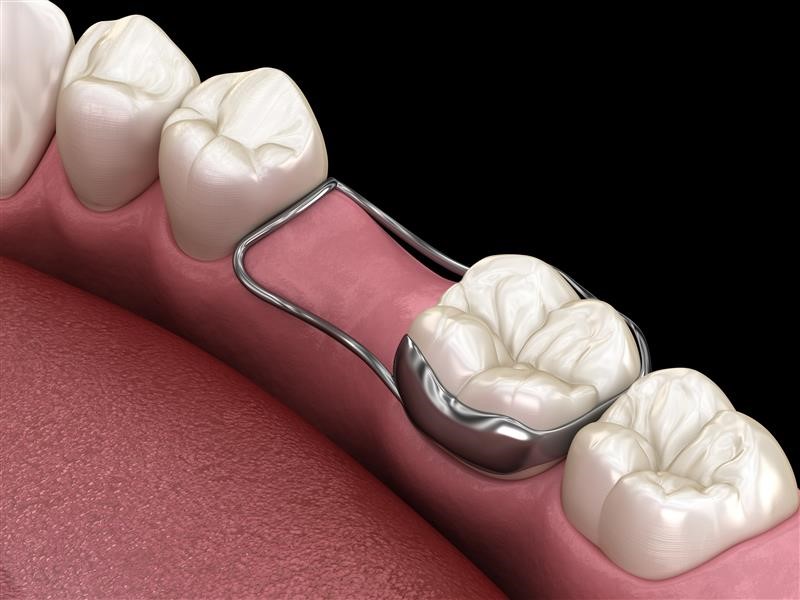Space maintainers are special dental tools for keeping spaces open in a child’s mouth. They help ensure teeth grow in the right spots. We’ll cover their role, types, benefits, and more, so you know what’s best for your child’s dental health.
The Significance of Primary Teeth
Primary teeth, often called baby teeth, keep spaces for adult teeth. They help guide how adult teeth line up and when they come out. Losing these teeth too soon can mess up this plan and cause issues.
What Are Space Maintainers?
A space maintainer is a small device made from metal or plastic. It stops nearby teeth from moving into a gap left by a lost tooth. Once a permanent tooth is ready to come in, the space maintainer is removed.
Triggers for Space Maintainers in Children
Kids may need a tooth spacer if a tooth is lost early due to injury or decay. Age affects when a child might need a space maintainer dental intervention. Neglecting these needs can risk future dental health.
Types of Space Maintainers Explored
There are fixed and removable space maintainers. Fixed types, like a lingual arch space maintainer, attach to teeth. Pediatric dental space maintainers, like distal shoe space maintainers, help with specific needs. Dentists decide which type suits your child based on their needs.
Benefits of Utilizing Space Maintainers
Using pediatric dental space maintainers ensures proper dental growth. They stop teeth crowding and help avoid misalignment, which can limit future orthodontic needs.
The Process of Getting a Space Maintainer
First, a dentist checks a child’s teeth. Then, they take impressions or scans before fitting the orthodontic space maintainer. They teach kids how to care for it.
Managing the Adjustment Period
Early on, kids might feel strange with a space maintainer in dentistry. Follow-up visits help adjust and check how it fits. Regular monitoring ensures it works well.
Tips for Caring for Space Maintainers
Personal care includes: – Cleaning: Regular brushing and flossing. – Foods: Avoid sticky or hard foods. – Watch for problems like loosening or discomfort.
Addressing Common Parental Concerns
Parents often worry about: – How long a space maintainer is used. – Possible discomforts. – Effects on eating and speaking.
Space Maintainers Vs Orthodontics: A Smart Choice
Preformed space maintainers help avoid more intense orthodontics later. They guide teeth into their correct spots. This prevents big problems, improving long-term dental health.
Financial Considerations of Space Maintainers
Costs differ based on type and location. Some insurance plans cover tooth spacers. Planning and budgeting help manage expenses.
Real-World Success Stories & Expert Opinions
Many dentists have seen teeth space maintainers work well for kids. Experts praise their benefits. In regions like India, they adapt to local dental needs and practices.
Dispelling Myths About Space Maintainers
Some myths suggest these tools are painful or unnecessary. Truth is, they help with early, gentle dental care. They’re not just fixes but preventive steps.
The Role of Space Maintainers in Preventive Care
They stop complicated treatments later by keeping teeth aligned early on. Pediatric dental space maintainers help set a child’s teeth on the right path, with expert advice for proactive care.
Helping Children Adjust to Space Maintainers
Make the experience positive and stress-free. Parents play a big role here. Encouragement helps build good habits and smooth transition.
Conclusion
Space maintainers are key tools for children’s dental health. They ensure correct teeth growth and alignment. Parental support and involvement are crucial. This thoughtful, proactive measure secures a healthy dental future for your child.
